
Kasha Dubaniewicz
Kasha is passionate about high-impact storytelling and believes in making positive changes that will lead to a better and happier world for all.
As part of their official Technology Transfer Program, NASA recently hosted a webinar that covered the very latest exciting plant growth technology and innovation coming out of the Space Crop Production Lab at the Kennedy Space Center.
The Space Crop Production Lab is a plant processing area that consists of numerous research laboratories equipped with state-of-the-art plant growth chambers that can simulate the International Space Station (ISS) environment. The teams here apply a wide range of academic disciplines to solve one problem: how do you grow plants in space?
During the webinar, Jacob Torres, a Technical Horticultural Scientist at the Space Crop Production Lab, discussed the latest food production research and technologies being developed at NASA.
At first glance, these experiments may not seem to have an obvious connection to the way we grow plants on Earth; however, NASA’s new technologies and methods could have a profound effect on controlled environment agriculture (CEA) - and help solve some of the biggest challenges facing this growing method.
In this post, we’ll be taking a closer look at some of the biggest issues facing CEA today and how NASA’s plant growth technologies may help to shape the future of growing plants on Earth.
Minimising time- and labour-intensive processes
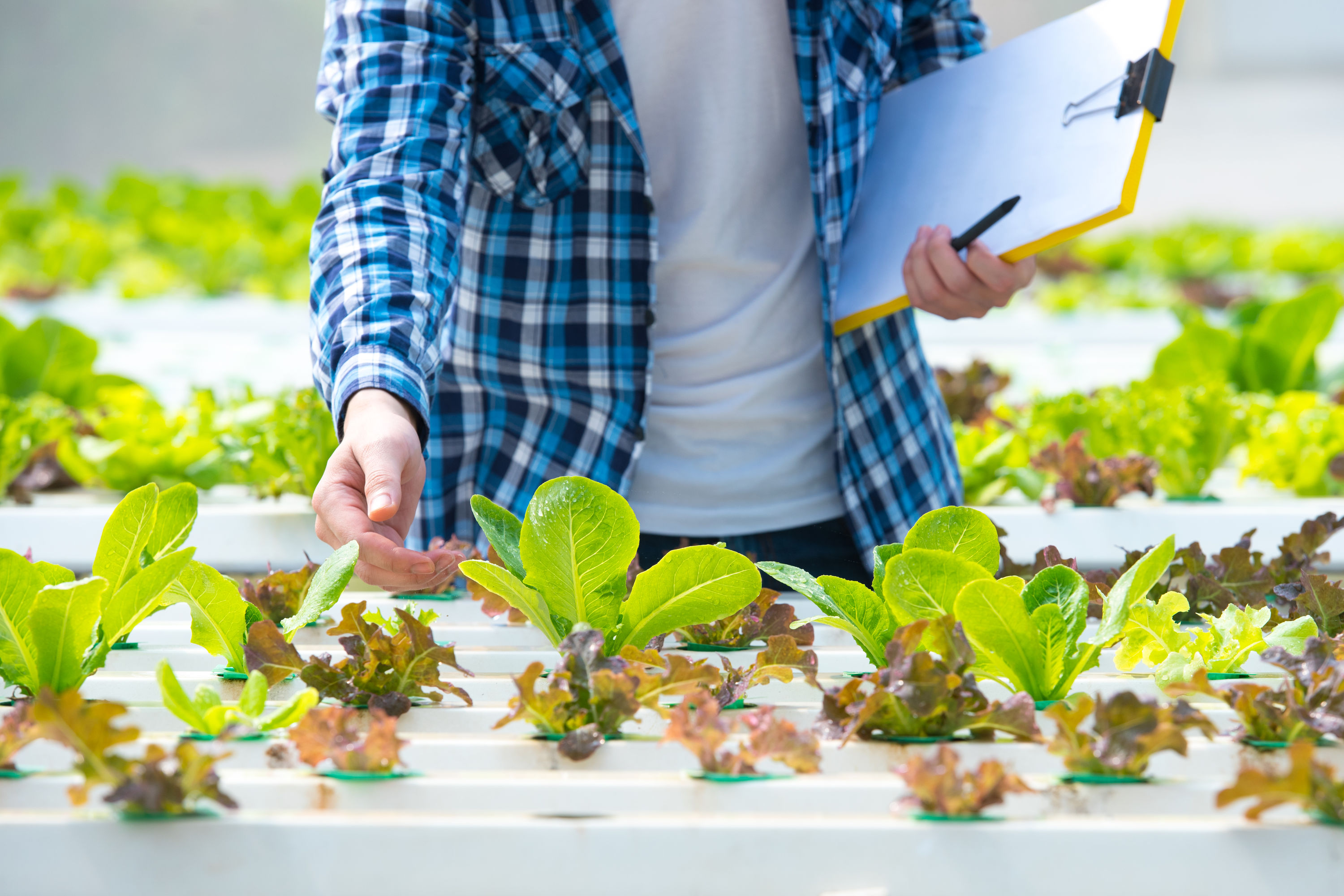
Astronauts have a long list of tasks and activities to carry out daily, so the teams at the Space Crop Production Lab have focused on creating and tweaking growing systems so that they won’t demand a lot of time or sustained effort from the ISS crew.
One of the most revolutionary solutions discussed during the webinar is the Passive Porous Tube Nutrient Delivery System (PPTNDS). Drawing inspiration from an active PTNDS system developed by Dr Tom Dreschel, as well as from hydroponics and other methods used in CEA, the PPTNDS has been adapted so that it requires no electricity and has no moving parts.
Instead, the PPTNDS makes use of the capillary force of water and evapotranspiration within a looped system, which passively circulates nutrients to growing plants. When comparing the results with another growing system, a Nutrient Film Technique (NFT) hydroponic system, the edible biomass from the PPTNDS was two-thirds of the total NFT yield – although the PPTNDS required far less human interaction.
This has exciting implications for CEA. Although the technology used within CEA grow sites already allows growers to take formerly time-consuming plant health parameter measurements, such as pH, within seconds, the need for on-site labour interaction is still a big challenge.
Not only do you need people to continuously maintain your CEA site, but the staff also need to be sufficiently trained in the upkeep, calibration and troubleshooting of on-site equipment. The idea that NASA is in the process of designing growing systems that specifically minimise – or even eventually eliminate - human interaction could help CEA growers cut down costs associated with labour, especially when paired with existing automation equipment that allows growers to monitor parameters and adjust their settings remotely.
Tell us: how would a passive system like PPTNDS transform the team at your current CEA site? Let us know in the comments below.
Cutting down on energy consumption
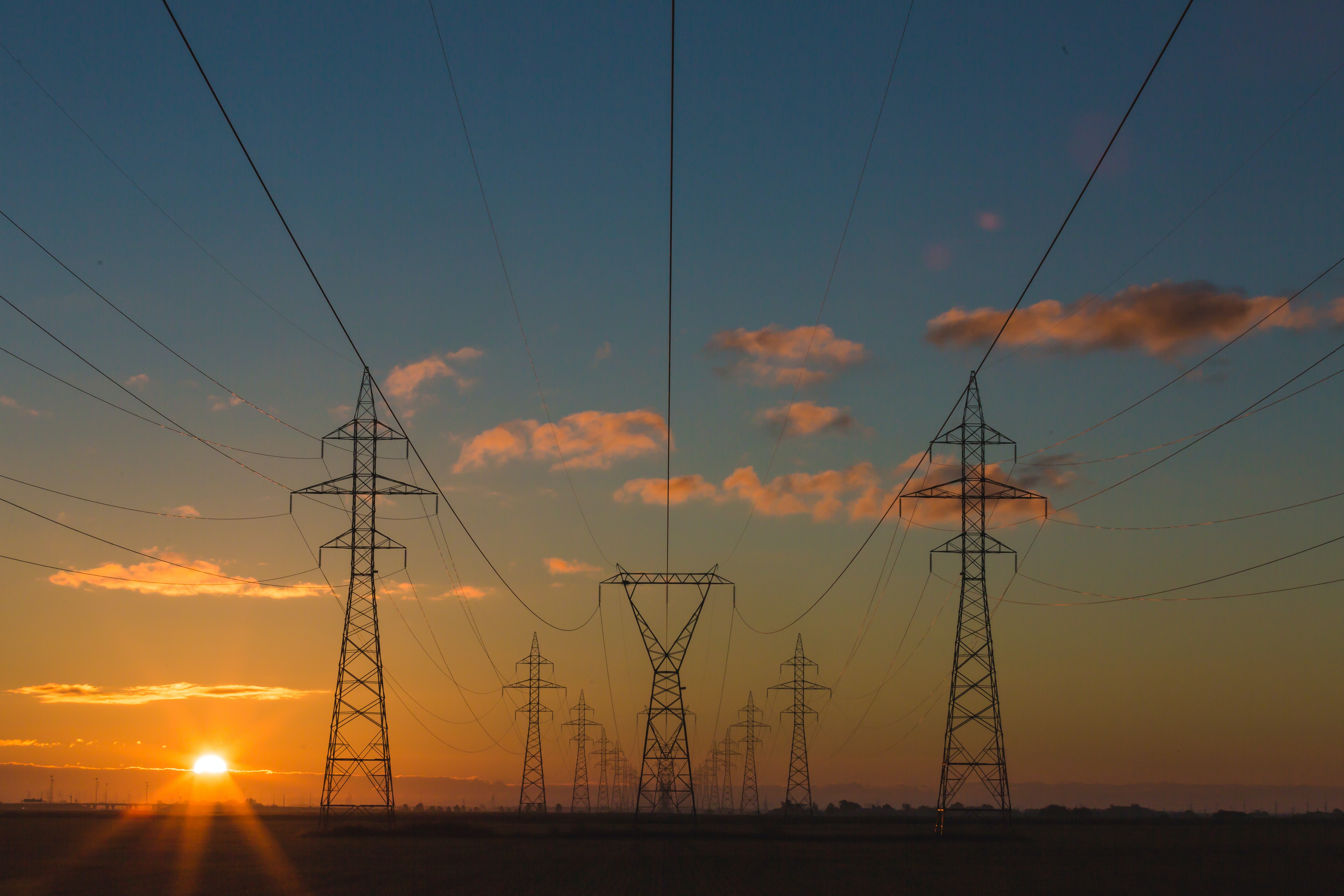
While the Earth-based Space Crop Production Lab has access to all the energy they’d need to power their different growing systems, the same can’t be said for the crew at the ISS. Instead, there’s a finite set of resources and equipment available, which is why a space-based growing system needs to be sustainable, requiring little to no energy. With the use of no electricity and no moving parts, the PPTNDS has been developed as a fit-for-purpose, sustainable solution.
In a recent report, the World Wildlife Fund (WWF) compared the impacts of traditional field agriculture to that of CEA sites within specific regions of the United States. Overall, CEA sites had the larger environmental impact – and that was almost solely due to high energy consumption. That’s because large amounts of electricity are needed to power CEA grow sites, which contain energy-intensive lighting, HVAC and pumps.
Since this is one of the biggest challenges that CEA technology will need to overcome in order to become more sustainable and cost-effective in the coming years, NASA’s plant growth experiments, such as the PPTNDS, may shed light on technological solutions that could be adopted on a wider scale within CEA, helping to drive down the energy requirements for growing systems.
Tell us: is energy consumption currently one of your grow site’s biggest expenses? How could a low-energy growing system free up your resources to expand your business?
Growing in extreme environments
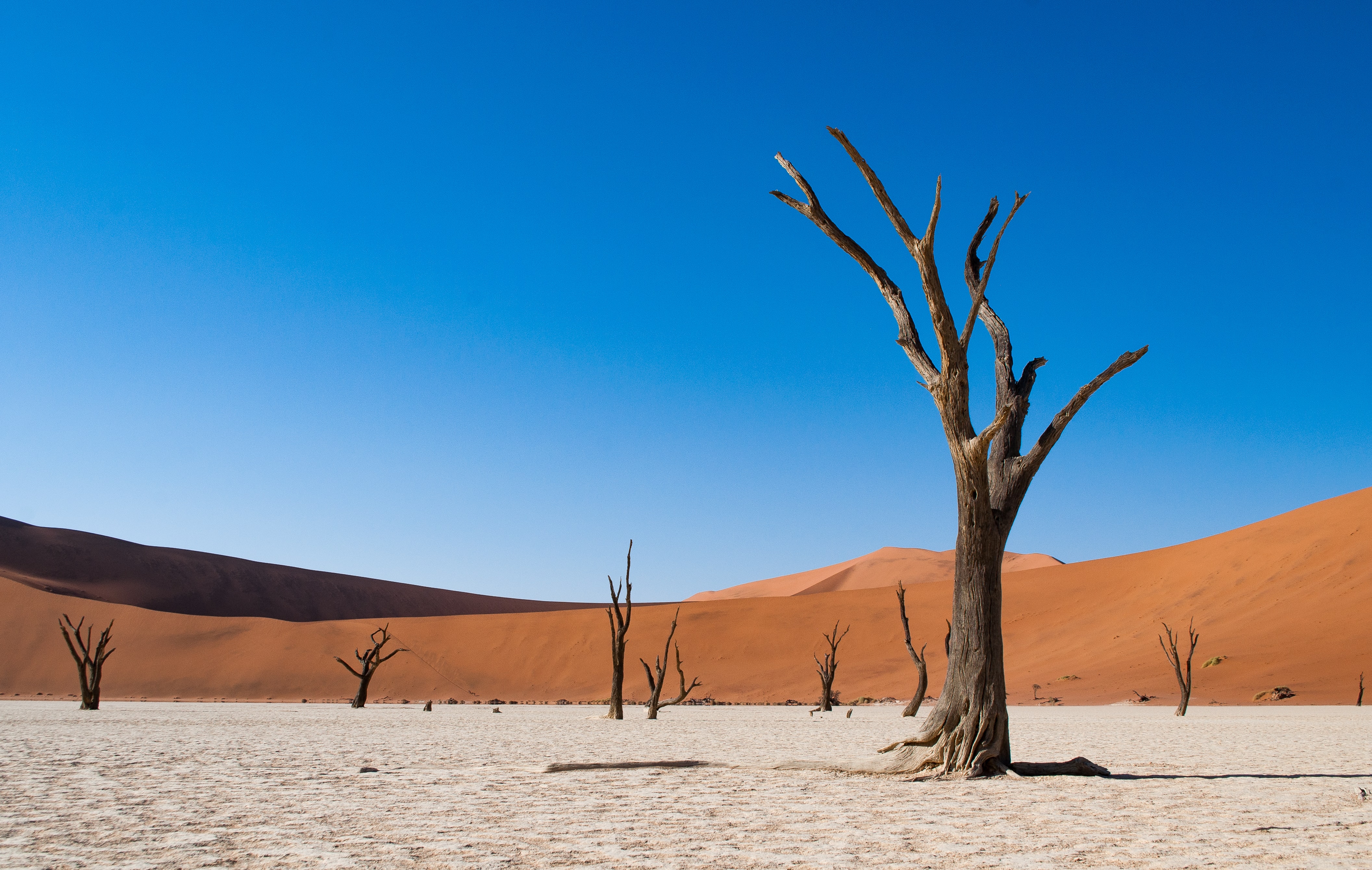
As Torres explains in the webinar, without gravity, elements like water and air mix very differently. Therefore, the teams at the Space Crop Production Lab have gone to great lengths to recreate the ISS environment, working with high levels of carbon dioxide and sometimes simulated microgravity .
Due to these conditions, conventional recirculating hydroponic and irrigation systems are inoperable in microgravity, so Torres and his team needed to find a water delivery method that works in this kind of environment. Operating in a closed loop system, the PPTNDS offers one way of doing this.
NASA is also working with OSRAM, a partnership that has led to the creation of a custom-designed LED system that mimics natural light conditions on Earth. This system has the ability to use diverse light ‘recipes’, which can support specific crops and phase growth during growing cycles.
Since NASA is currently designing solutions for the most extreme conditions ever considered for plant growth, this opens the doors to new technologies that could enable growers to achieve success – regardless of how harsh their growing environment may be. Another example of this is the Space Chile Grow a Pepper Plant Challenge, where anyone is invited to try their hand at growing a single cultivar in a wide range of environments while using NASA’s plant growth techniques.
Growing in diverse environments is already one of CEA’s greatest strengths, where grow sites can be set up almost anywhere, from disused urban indoor spaces to swathes of infertile land. In addition, by using LED lights and other technologies, plant growth is no longer constrained by seasonal growing cycles or by the need for fertile soil, which helps to secure food supply for the whole year .
When you add NASA’s new technologies to Earth-based CEA sites, you could potentially grow plants anywhere, even in environments that are severely restricted in terms of resources, energy or space. In the long run, this could help to improve food security within urban centres as well as developing countries.
Tell us: how would you use NASA’s new technologies, such as their LED light system, to revolutionise food production?
Dealing with water scarcity
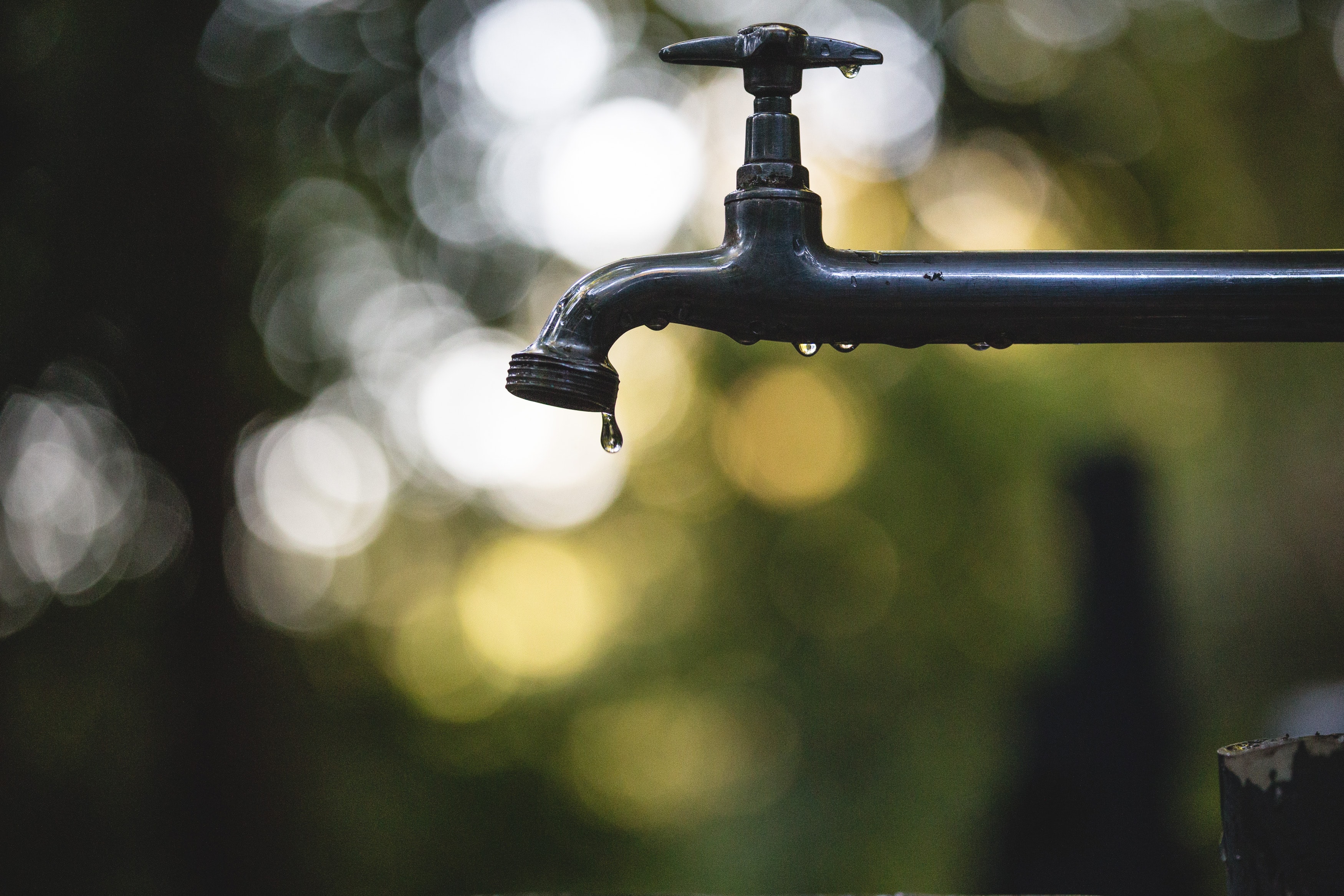
Due to finite resources available on the ISS, Torres designed the PPTNDS with water scarcity in mind. In fact, when compared to the NFT hydroponic system, the PPTNDS used 75% less water. The PPTNDS also makes use of what is readily available on the ISS, namely the NASA water bags .
When you consider that hydroponic systems already drastically cut down on water use when compared to soil-based agriculture - leading to a massive 95% decrease in some cases - a growing system like the PPTNDS could be game-changing for grow sites based in locations dealing with severe water scarcity.
This is especially pertinent when considering the effects of climate change on agriculture, where it’s predicted that many parts of the world may be affected by megadroughts, which can place strain on a region’s water resources for decades.
While some hydroponic sites based in water-scarce regions are already making use of processes like desalination, NASA’s technologies, which have gone on to make what was already a low-water-use system even more sustainable, will help CEA growers to keep their sites going even during the most catastrophic climate-related events.
Tell us: How big a role do you think water scarcity needs to play when it comes to creating future technological innovations within CEA?
Taking automation to the next level
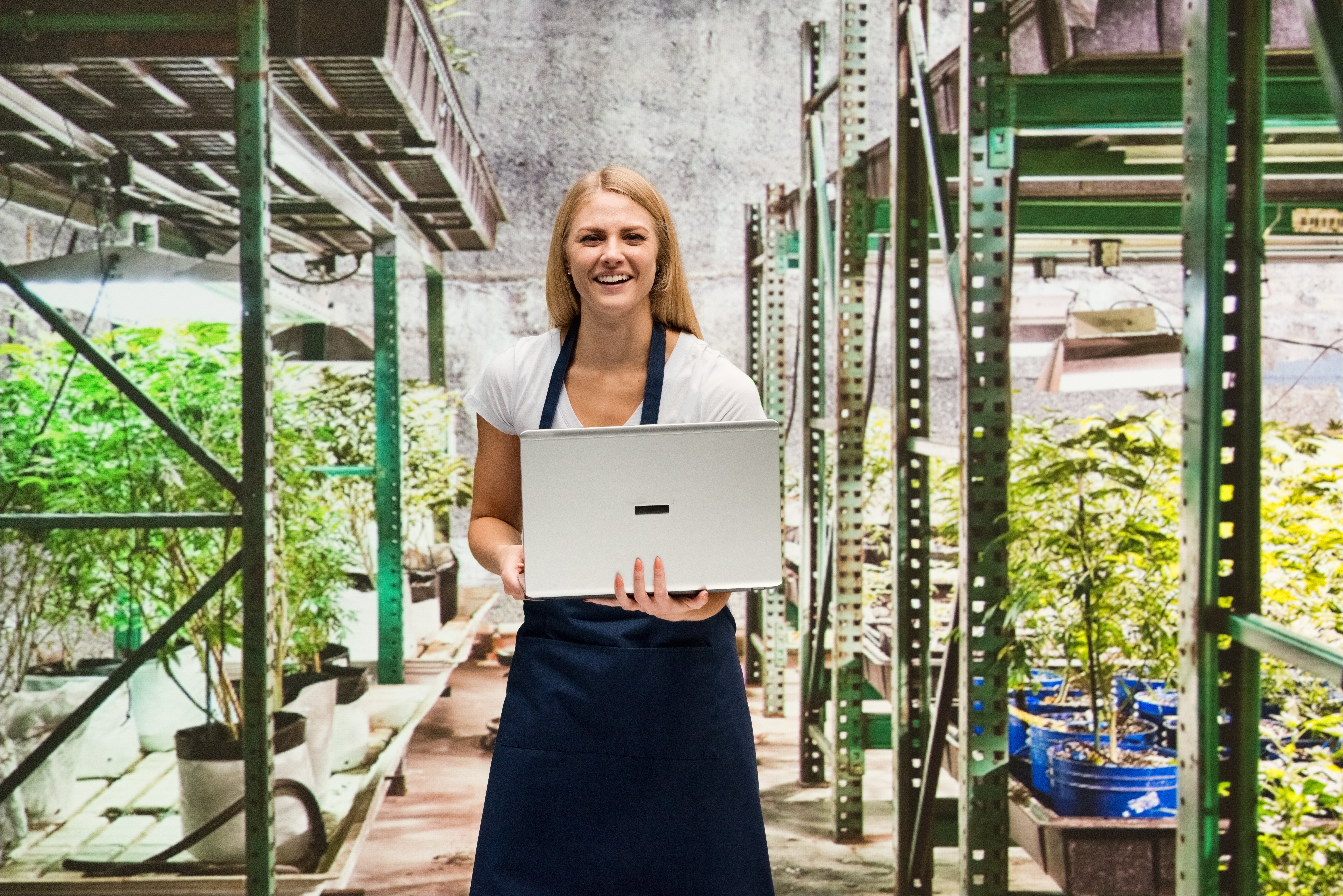
While the PPTNDS already manages to cut down on crew interactions, the teams at the Space Crop Production Lab are looking for ways to minimise this even further using automation.
This could be partly done through the OSRAM LED light system, which can change its recipes according to what’s optimal for plants during their growing cycles, but also through the hyper spectral continuous monitoring and automation of the Advanced Plant Habitat, which is located on the ISS. This plant growth system would be able to continuously monitor the overall health of the plants and automatically adjust parameters when certain conditions have been registered.
CEA has primarily come about through the need to control environmental and plant health fundamentals in order to improve crop yield and quality. Technology provides the means for growers to do this, allowing them to monitor and adjust the input and output of nutrients and resources to the plants within their sites.
That said, the technology currently available to CEA growers will eventually fail with time; however, NASA’s experiments focus on creating technology with minimal failure modes. Since it’s costly and difficult to send replacement parts up to the ISS, Torres investigated other solutions, even using 3D printing to recreate a pump component.
In the end, the automation equipment that NASA will eventually use in space will not only be tried and tested, but it will also carry minimal risk of failure. When implemented within CEA grow sites, this would not only be a sustainable and cost-effective solution in terms of replacement parts, but will also take automation to the next level, where completely remote growing may soon be a real possibility.
Tell us: how would 100% remote automation of your grow site change your day-to-day life as a CEA grower?
In conclusion, while there are many roadblocks to navigate along the journey to growing plants in space, NASA has already seen many successes and developed promising solutions.
What’s more, these exciting solutions, such as the PPTNDS and artificial light recipes, could have many Earth-based applications and help to shape the future of CEA, resulting in a growing method that is completely resilient, sustainable and makes use of minimal resources.




Submit a comment